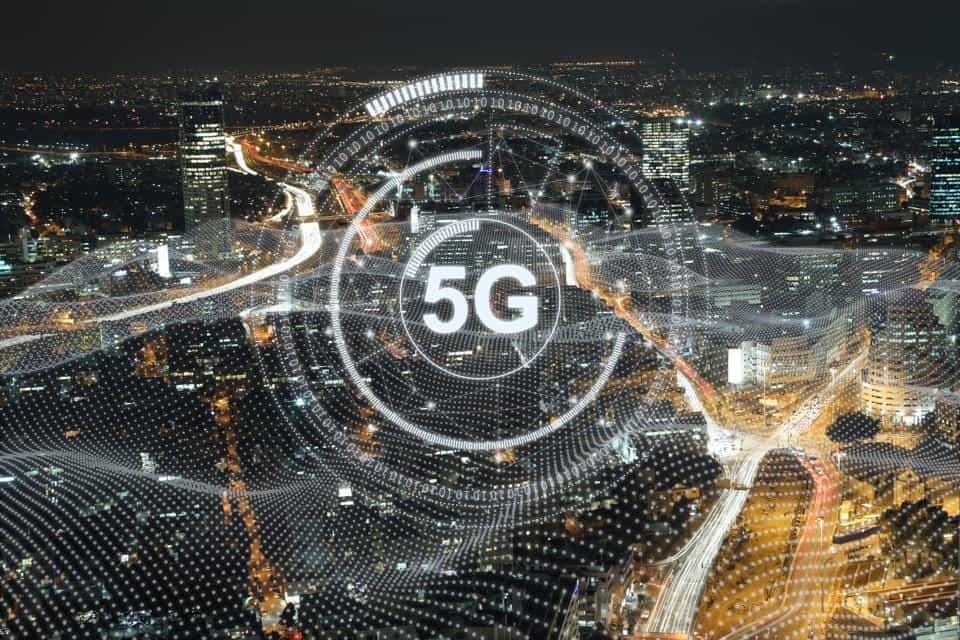Enabling 5G in India

Introduction:
5G technology is the fifth-generation mobile network technology that aims to provide faster data transfer rates, increased capacity, and lower latency. It is expected to transform industries and enable new use cases such as autonomous vehicles, remote healthcare, and smart cities. India, being the world's second-largest market for smartphones, is on the verge of 5G deployment, and the Indian government has set a target to roll out 5G networks in the country by 2022. In this article, we will discuss the technical aspects of enabling 5G in India.
5G Spectrum:
Spectrum is the frequency band over which wireless signals are transmitted. In India, the government allocates spectrum to telecom companies through auctions. 5G technology requires a new frequency band, which is different from the bands used for 2G, 3G, and 4G networks. The 5G spectrum can be broadly classified into three categories: low-band, mid-band, and high-band.
Low-band spectrum (below 1 GHz) provides wide coverage and good penetration through walls and obstacles but has limited capacity. Mid-band spectrum (1 GHz to 6 GHz) provides a balance between coverage and capacity and is suitable for urban areas. High-band spectrum (above 24 GHz) provides high capacity but has limited coverage and poor penetration through obstacles.
The Indian government has allocated spectrum for 5G trials in the 700 MHz, 3.5 GHz, and 26 GHz bands. However, the 700 MHz band is not expected to be used for 5G in India due to its high cost, and the 26 GHz band is still under consideration.
Infrastructure:
To enable 5G in India, telecom companies need to upgrade their infrastructure, including base stations, antennas, and fiber optic networks. 5G technology requires more base stations and antennas than 4G technology due to the shorter range of high-band frequencies. The base stations need to be installed at a distance of 200 to 300 meters in urban areas and 500 to 1000 meters in rural areas.
Fiber optic networks are also crucial for 5G deployment as they provide the high-speed backhaul connectivity required to connect base stations to the core network. India has a limited fiber optic network, and the government has launched the BharatNet project to provide high-speed broadband connectivity to rural areas.
Virtualization:
5G technology requires a new network architecture that is more flexible and scalable than previous generations of mobile networks. One of the key concepts of 5G network architecture is network virtualization. Network virtualization refers to the decoupling of network functions from hardware and the creation of virtual network functions (VNFs) that can be deployed on commodity servers.
Virtualization enables network functions to be scaled up or down as required and enables the deployment of new services and applications. It also reduces the cost of network equipment and simplifies network management.
Edge Computing:
Another key concept of 5G network architecture is edge computing. Edge computing refers to the deployment of computing resources closer to the end-user, at the network edge. Edge computing enables low-latency services and applications that require real-time processing, such as autonomous vehicles, virtual reality, and remote healthcare.
Edge computing also reduces the load on the core network and enables network functions to be deployed closer to the end-user. India has a large population, and edge computing can help reduce network congestion and improve the quality of service.
Security:
Security is a critical aspect of 5G technology as it enables new use cases such as autonomous vehicles and remote healthcare. 5G technology introduces new security challenges, such as the increased use of virtualization and edge computing, which create new attack vectors.
To ensure the security of 5G networks, telecom companies need to implement security measures such as authentication and encryption, and implement security protocols such as Transport Layer Security (TLS) and Secure Sockets Layer (SSL). They also need to ensure the security of the network infrastructure, including base stations and core network elements.
The Indian government has also mandated that telecom companies implement security measures such as network traffic filtering and monitoring, network segmentation, and access control. The government has also established a National Cyber Security Coordinator to oversee the security of critical infrastructure, including 5G networks.
Use Cases:
5G technology enables new use cases that were not possible with previous generations of mobile networks. Some of the use cases that can be enabled by 5G technology in India include:
- Smart Cities: 5G technology can enable smart city applications such as intelligent traffic management, smart lighting, and waste management.
- Autonomous Vehicles: 5G technology can enable real-time communication between autonomous vehicles and the network, enabling safer and more efficient transportation.
- Remote Healthcare: 5G technology can enable remote healthcare applications such as remote surgery, telemedicine, and remote patient monitoring.
- Education: 5G technology can enable remote learning applications, such as virtual classrooms and online tutoring.
Conclusion:
Enabling 5G in India requires a significant investment in infrastructure, including spectrum, base stations, fiber optic networks, and virtualization. It also requires a new network architecture that is more flexible and scalable than previous generations of mobile networks. 5G technology can enable new use cases such as smart cities, autonomous vehicles, remote healthcare, and education. However, ensuring the security of 5G networks is critical to enable these use cases and protect the privacy and security of users.
